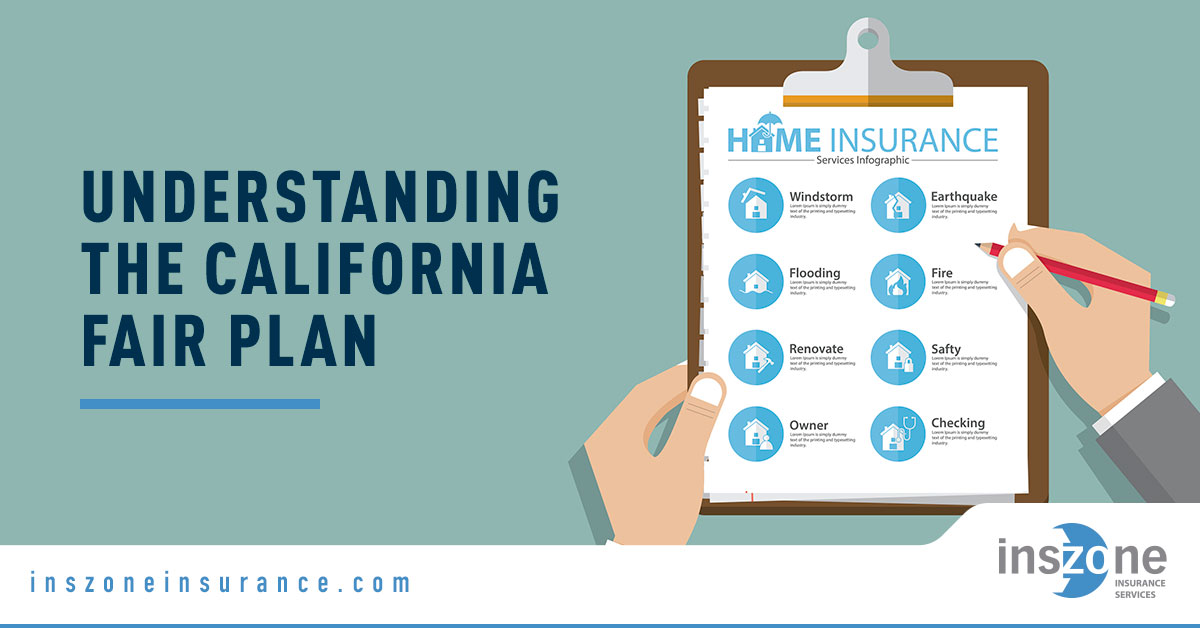Finding homeowner’s insurance can be difficult for California residents. Many will need to turn to California’s high-risk pool, known as the FAIR Plan.
FAIR Plan coverage is meant to serve as a temporary solution, and was established so all California homeowners could have access to basic fire insurance protection. You can obtain a FAIR Plan as long as your difficulties in finding coverage aren’t the result of your own actions.
Who owns the California FAIR Plan?
While many people believe the FAIR Plan is a government entity or state program, this is not the case. Tax payers do not fund the program. The FAIR Plan is supported by all of the carriers who are licensed to do business in the state of California.
This arrangement spreads the risk between all the insurance carriers at once.
What does a California FAIR Plan policy cover?
The FAIR Plan covers property damage due to fire, lightning, smoke, or internal explosions. You can also purchase optional extended coverage for windstorms, hail, explosions, riots, aircraft, or vehicles, as well as for vandalism or malicious mischief. You can also get optional coverage for other structures, like storage sheds.
It does cover less than traditional homeowners’ insurance policies. For example, the FAIR Plan does not offer coverage for theft, falling objects, freezing, water damage, or personal liability.
It is important to pay close attention to what your specific coverage includes or excludes so you can stay prepared. You can sometimes make up the gaps with a Difference in Conditions or Comprehensive Premises Liability Policy.
What is a Difference in Conditions (DIC) and a Comprehensive Premises Liability (CPL) Policy?
A Difference in Conditions policy offers more coverage than a Comprehensive Premises Liability policy.
DIC covers liability, medical payments to others, theft, and water damage. This, along with the FAIR Plan, will give you as close to a traditional homeowner’s insurance product as you can get.
DIC policies are not available to all homeowners because they are based on the type of construction. If you have a manufactured home on private property then you likely can’t get a DIC policy. You may also be unable to get a DIC policy if your roof is too old, or if you’ve had too many claims. It’s all about whether or not you present a level of risk that’s acceptable to DIC carriers.
If your home doesn’t qualify for DIC, a Comprehensive Premises Liability Policy may be an option. CPL policies cover trip and fall cases, as well as medical payments to others.
What Is the Process for Purchasing the California FAIR plan?
1. Complete the FAIR Plan Worksheet
First, we’ll ask you to complete a worksheet. This worksheet will verify the details of your home such as the year built, the square footage, and your finishes. Finishes are details like carpet vs. hardwood or marble vs. Formica.
We’ll also verify whether you live in the home, use it as a vacation home, or rent it out.
2. Make sure you know your replacement costs
Your broker then goes into the calculator and begins looking at replacement cost coverages. We want to be able to replace your home as it stands right now. If you have tile now, you’ll get tile when you replace the home.
Replacement costs can be about $250/per square foot and it goes up from there based on your finishes.
If you have access to a contractor, you can reach out to them to find out what your home replacement costs will look like. Our software shows the nationwide average, and it won’t necessarily be the same as Nevada County. Getting numbers from a contractor can help ensure that you have enough replacement coverage.
3. Get photos of your home
We then enter all of your data and upload photos of all four sides of your home. The photos have to have a date stamp. You can send them as the homeowner, or your agent may be able to come out and take photos.
4. Get a quote from the FAIR plan
The FAIR Plan then goes through your application and you’ll get a customized quote that will be good for 30 days.
5. Agree to the quote and make your first payment
If you give the FAIR Plan the green light they will take their payment either in full or as a first installment. If this is your first term with the California FAIR Plan you will have to pay them to bind the policy. If you have a mortgage impound account, the agent has to bill the mortgage company and they’ll need to pay as well, which means you’ll end up overpaying on that first installment. Yes, we know this doesn’t make any sense!
Once the FAIR Plan sees the overpayment, they will return the overage to the second payer, which will be your mortgage company. It will be up to you to get the payment back from the mortgage company should you choose to do so. Some people choose not to in order to stay a little bit ahead on their payments.
On renewal, the CA FAIR Plan can invoice either you or the mortgage company, so you won’t run into this issue. Unfortunately, they just can’t do it on your first term.
Is a California FAIR Plan Expensive?
Because the California FAIR Plan is a high-risk policy you should expect to pay more than you’d pay for a standard homeowner’s policy.
How do I pay for my California FAIR Plan?
You can make a payment online. If this is your first term with the CA FAIR plan you’ll have to make a payment yourself to lock in the policy. As mentioned, if you have a mortgage impound account your agent can bill that account after your first payment.
You’ll receive all of your policy documents and billing documents directly from the CA FAIR Plan, so you’ll know exactly what you need to do and when you need to do it.
What requirements must I meet to qualify for California FAIR Plan insurance?
To qualify for the FAIR Plan you may have to make some improvements to your home that will limit your damage risk. This could include removing dangerous trees, upgrading your electrical wiring, and making other changes as directed by your insurance company.
Remember, FAIR Plans are available to people who can’t find coverage “through no fault of their own.” This means if you fail to make the changes the FAIR Plan can still deny coverage. The good news is this: if you make the changes and have been insured by a FAIR Plan you may be able to switch back to a regular homeowners policy in the future.
If you have questions about the California FAIR Plan, reach out to one of our agents. We can help you shop for coverage for your home.





